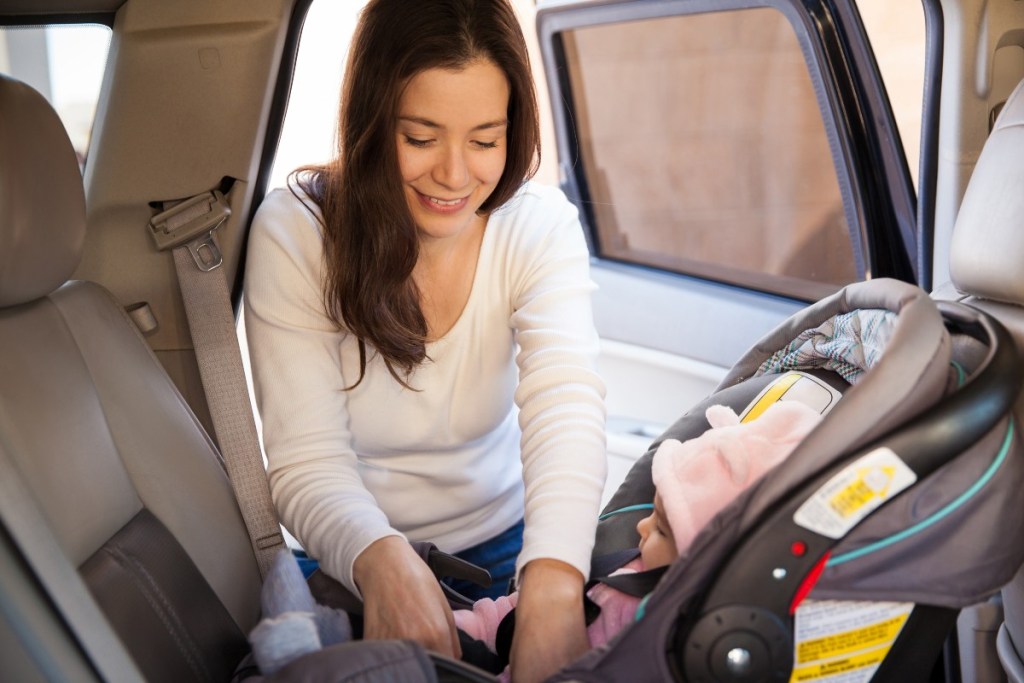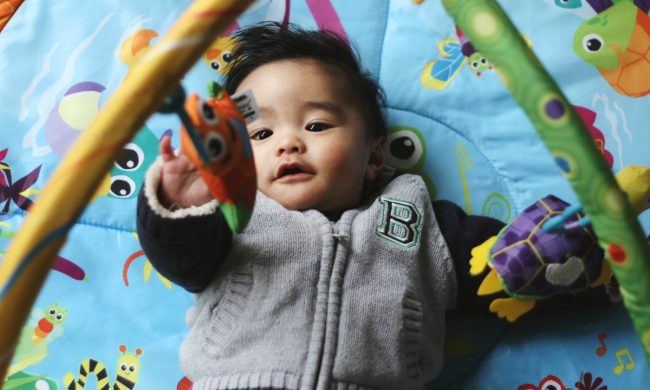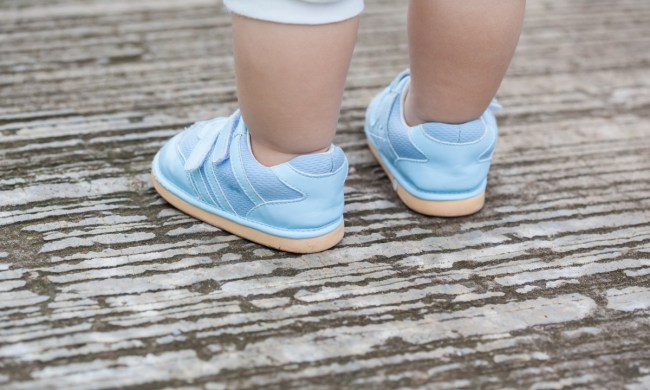Arguably the most important gear purchase you will make for your baby is a car seat. While you might be more excited about shopping for a cool stroller and cute baby outfits, a car seat is an absolute essential. In fact, most hospitals won’t even allow you and Baby to be discharged after labor and delivery without proving you have one properly installed and ready to go in your vehicle.
The car-seat-picking process can be daunting. There are lots of options, loads of features, and tons of technicalities to understand. Do you want a so-called “bucket seat,” a convertible option, or something else? How do you know if it’s compatible with your car? Will you be able to click it into your stroller? So many questions, so many specs to wrap your brain around.
We’re here to help you start your due diligence with a basic breakdown of the do’s and don’ts. Read on for our ultimate car seat buying guide.

The different types of car seats
Before you choose a car seat, you should understand the distinguishing factors between the different options available:
- Infant car seat: These “bucket seats” click into a base that is securely fastened into your vehicle. Rear-facing only, these options are ideal for the newborn stage and infanthood (most can be used for babies weighing up to approximately 30 pounds), as you can pop them into strollers or carry them out of the car without disrupting your baby.
- Convertible car seats or 3-in-1 options: These remain in your car. They can be used from the newborn days up to toddlerhood. They start as rear-facing options, and then you can transition them to face forward once your child hits the weight and height minimum. Those that offer 3-in-1 longevity continue to grow with your kiddo and can be transitioned into a booster seat.
- Boosters: Suitable for older children, straight-forward booster seats utilize the car’s seat belt.

How to choose a car seat
Now that you understand the main differences between the types of car seats, you are ready to determine which one is right for your vehicle, your lifestyle, and your family. Here are some things you will want to consider:
Safety
The most important factor to take into consideration when purchasing a car seat is safety. You want one that meets or, better yet, exceeds the strict standards set by the National Highway Traffic Safety Administration. You’ll also want to register your car seat through the agency to stay abreast of relevant safety recalls. Here are additional safety considerations:
- Check the height and weight requirements of your car seat.
- If this is for a newborn or infant, you will want to make sure it’s a rear-facing option. Ideally, experts agree that it should stay rear-facing for two years at a minimum.
- Look for a five-point safety harness that secures at the chest with a clasp and buckles between your baby’s legs. You want this snug and secure.
- Look at the installation instructions before purchasing. An easy LATCH system will help give you confidence in your ability to install the car seat yourself. Of course, if you don’t feel comfortable, you can also reach out to your local police department or fire station; they often host events to help the community install or check car seats.
- If you have an older child, you can generally reuse a car seat as long as it is less than six years old. Do not purchase a secondhand car seat as you can’t be confident in its history. You do not want to reuse a car seat that has been in an accident, even if the seat appears totally unharmed. There could be undetectable damage that affects the safety and integrity of the seat.
Convenience
If you want to be able to pop your car seat straight into a stroller, an infant option is the way to go. It’ll ensure that you don’t disturb your cutie-pie while out and about and running errands. You might not think this is a big deal, but just wait until the first time your little one nods off right before you want to run into your local coffee shop! Do remember that while an infant may fall asleep in their car seat, you should always transfer them to a safe flat surface (i.e., crib or bassinet) once home.
Another consideration for those who value convenience? If you and your partner use separate cars, you can purchase a second infant car seat base and use the bucket in both.
Compatibility
First, you will want to make sure that whatever car seat you choose will fit into your car comfortably. Check out the specs of a car seat and measure your vehicle space.
You will also want to make sure that your infant car seat is compatible with your chosen stroller. If it’s the same brand, you can usually assume they’ll work together. Adaptors might also make two different brands compatible, too. If your car seat and stroller don’t work together, however, you can always opt to buy an inexpensive Snap-N-Go frame. It’s lightweight and super convenient for frequent errands.
Cost
Car seats are expensive. If you plan on buying an infant car seat, a second base, a convertible or 3-in-1 seat, and maybe an extra booster at some point, you could spend well over $1,000 on all of these items over time. To this end, if you are on a budget, you might consider going with the option that will offer you the most longevity. A 3-in-1 will take you from Day 1 to later toddlerhood.
Car seat shopping is a major task to check off your pre-baby to-do list. You want to make sure that it meets your specific needs. Take your time, do your research, and consider all the factors before making that big purchase (or scanning that registry choice!). But just make sure you do it before Baby’s big debut!


